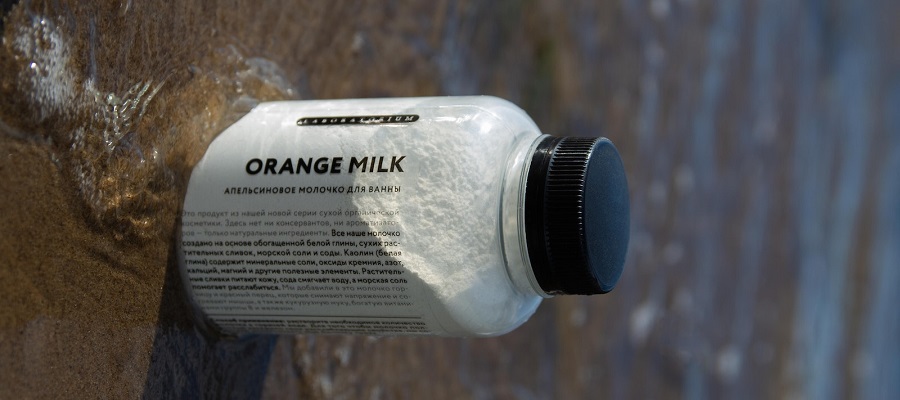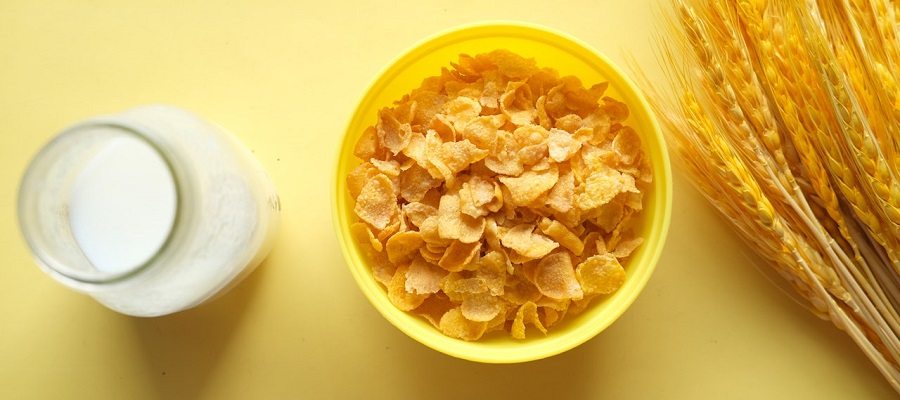Digestive biscuits are a type of biscuit (cookie) that originated in the United Kingdom. They are known for their crispy, crunchy texture and slightly sweet, mildly savory flavor. Digestive biscuits are made with whole wheat flour and are often sweetened with sugar and molasses.
The name "digestive biscuit" comes from the fact that they were originally marketed as a biscuit that could aid in digestion. This was due to the presence of whole grain wheat flour, which was believed to have digestive benefits.
Digestive biscuits can be enjoyed as a snack on their own or used as an ingredient in recipes such as biscuit crusts for pies or tarts. They are often served with tea or coffee.
In terms of nutrition, digestive biscuits are a good source of carbohydrates and contain some fiber and B vitamins. However, they are also high in added sugars and fat, so it is important to consume them in moderation as part of a healthy, balanced diet. Some brands of digestive biscuits may also contain other ingredients, such as artificial flavors and preservatives, so it is important to read the label and choose a brand that aligns with your dietary preferences.
Can it be taken with tea?
Yes, digestive biscuits are often served with tea as a snack or dessert. They are a popular choice for tea time in the United Kingdom and other parts of the world. Digestive biscuits have a mildly sweet, slightly savory flavor that pairs well with many types of tea.
To enjoy digestive biscuits with tea, you can simply place a biscuit or two on a plate and serve them alongside a cup of tea. You can also dip the biscuit in the tea to soften it slightly before eating.
It is important to note that digestive biscuits are high in added sugars and fat, so it is important to consume them in moderation as part of a healthy, balanced diet. If you are watching your sugar intake, you may want to choose a low-sugar tea or sweeten your tea with a natural sweetener such as honey or agave nectar.
Overall, digestive biscuits can be a tasty and convenient snack to enjoy with tea, but it is important to pay attention to their nutritional content and to consume them as part of a healthy, balanced diet.
Can it be used in dessert dressing?
Yes, digestive biscuits can be used as an ingredient in a variety of dessert recipes to add a crispy, crunchy texture and a slightly sweet, mildly savory flavor. Some common ways to use digestive biscuits in desserts include:
-
Biscuit crusts: Digestive biscuits can be crushed and mixed with butter to form a crust for pies, tarts, and other desserts. The crust can be baked until crispy and then filled with a creamy or fruit filling.
-
Biscuit crumbs: Digestive biscuits can be crushed and used as a topping for ice cream, cheesecake, and other desserts. They can also be mixed with melted chocolate or other flavorings to create a ganache or other topping.
-
Biscuit layer: Digestive biscuits can be used to create a layer in a layered dessert, such as a trifle or a parfait. The biscuits can be soaked in a liquid (such as coffee or liqueur) to soften them slightly and then layered with other ingredients such as whipped cream or fruit.
-
Biscuit sandwiches: Digestive biscuits can be used to make sandwich cookies by spreading a filling (such as whipped cream or peanut butter) between two biscuits and pressing them together.
These are just a few examples of how digestive biscuits can be used in dessert recipes. It is important to note that digestive biscuits are high in added sugars and fat, so it is important to consume them in moderation as part of a healthy, balanced diet.
nutritional values in it
The nutritional content of digestive biscuits can vary depending on the specific brand and ingredients used. In general, digestive biscuits are a good source of carbohydrates and contain some fiber and B vitamins. However, they are also high in added sugars and fat, and many brands contain other ingredients such as artificial flavors and preservatives.
Here is an example of the nutritional content of a typical digestive biscuit:
- Serving size: 1 biscuit (11 grams)
- Calories: 50
- Fat: 2 grams
- Saturated fat: 1 gram
- Trans fat: 0 grams
- Cholesterol: 0 milligrams
- Sodium: 60 milligrams
- Carbohydrates: 8 grams
- Fiber: 1 gram
- Sugars: 3 grams
- Protein: 1 gram
It is important to note that these values are for a typical digestive biscuit and may vary depending on the specific brand and ingredients used. It is always a good idea to read the label and ingredients list of any food product to understand its nutritional content and to choose products that align with your dietary needs and preferences.
The company's various products
Digestive biscuits are made by a number of different companies, and the specific products offered by each company may vary. Some of the most well-known brands of digestive biscuits include:
-
McVitie's Digestives: McVitie's Digestives are a popular brand of digestive biscuit that is made with whole wheat flour and sweetened with sugar and molasses. They are available in various forms, including original, milk chocolate, and wholemeal.
-
Huntley & Palmers Digestive Biscuits: Huntley & Palmers Digestive Biscuits are a brand of digestive biscuit that is made with whole wheat flour and sweetened with sugar and molasses. They are available in various forms, including original, light, and wholemeal.
-
Jacob's Cream Crackers: Jacob's Cream Crackers are a type of digestive biscuit that is made with whole wheat flour and sweetened with sugar. They are available in various forms, including original, light, and wholemeal.
-
Nairn's Oat Digestive: Nairn's Oat Digestive is a brand of digestive biscuit that is made with whole grain oats and sweetened with sugar and molasses. It is available in various forms, including original, light, and wholemeal.
These are just a few examples of the many brands of digestive biscuits available on the market. It is important to read the label and ingredients list of any digestive biscuit to understand its nutritional content and to choose a brand that aligns with your dietary preferences.


